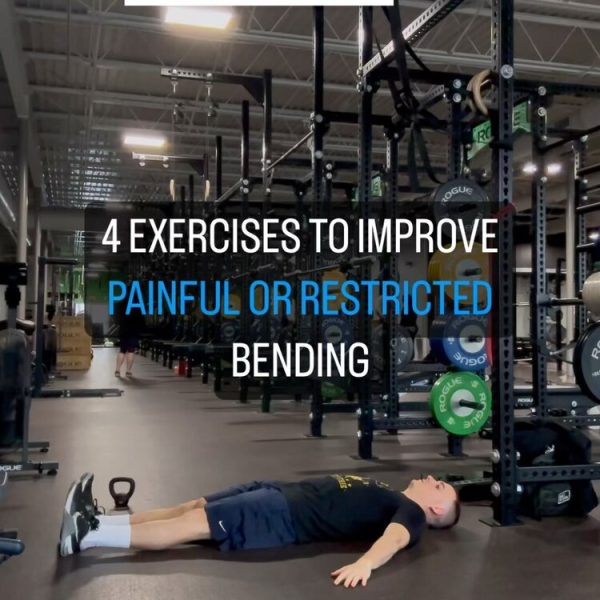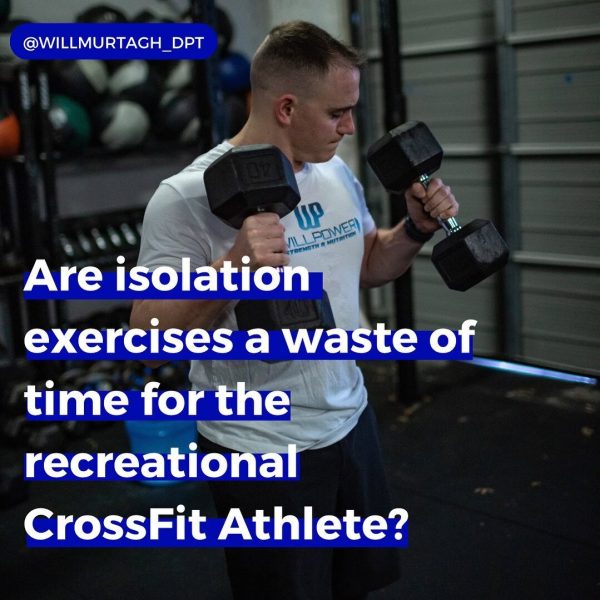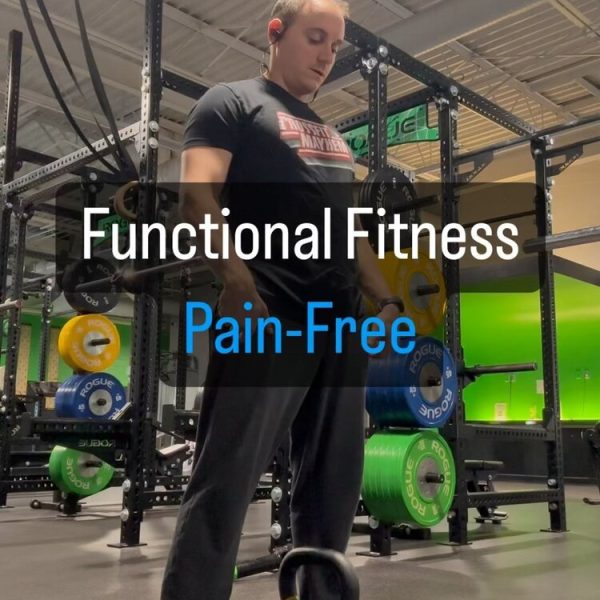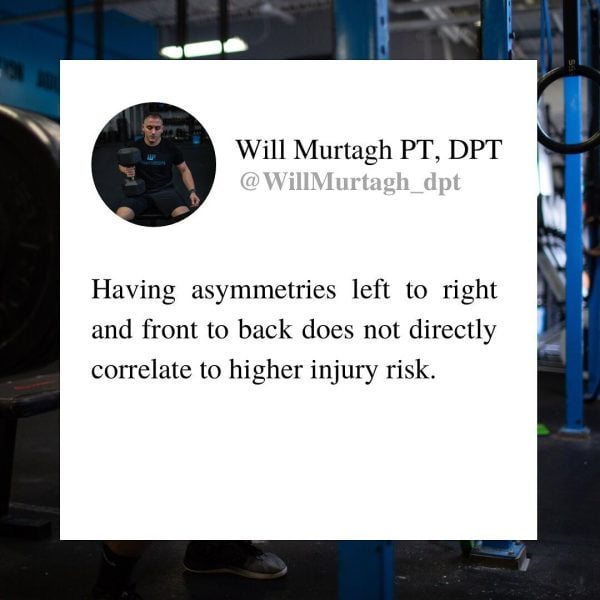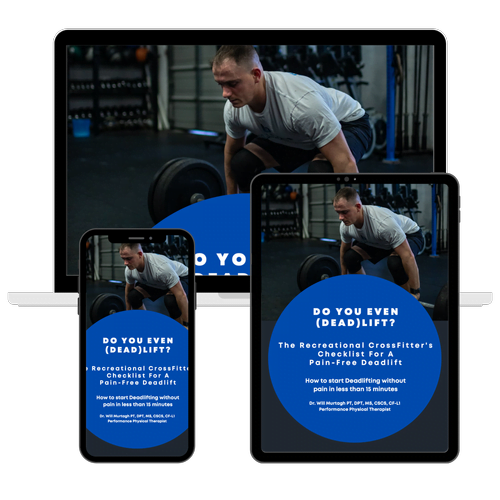Dr. Will Murtagh is a performance physical therapist and writer who helps Fitness Athletes elevate their fitness and train pain-free.
The term Aerobic Base has become one of the hottest buzzwords in the world of fitness today. Most people now acknowledge the fact that having a robust Aerobic System is hugely beneficial for almost any endeavor you wish to engage in whether that is in the gym or outside of it. But, unfortunately when I see people attempting to train “Aerobically” I rarely see it being done correctly. Today we will discuss the common pitfalls when trying to train your aerobic system and then strategies you can take to ensure that your training is effective for doing so so that you can develop an aerobic base that is rivaled by none!
To review, there are three many energy systems within the human body. These include the ATP-CP system, the Glycolytic System, and the Oxidative system. At any given time all three of these systems are working simultaneously. But, depending on the intensity and duration of what you are doing, there will be a larger percentage of energy derived from a specific one while the other two work In the background to support it.
ATP – CP System
The ATP-CP system is responsible for driving fast and explosive activities that last anywhere between 8-10 seconds and in trained individuals it can be pushed out to 30 seconds. This can include exercises such as a one-rep max Deadlift, a one-rep max Power Clean, or sprinting. The ATP-CP system is quite literally the opposite end of the spectrum when it comes to training the Aerobic system. Think of this system as your strength system and it is used for developing power. It is by far the “fastest” of the three energy systems when it comes to generating ATP, (Adenosine Triphosphate) the molecule that allows the muscle to perform any kind of work but that also means that it will fatigue the fastest as well. Leading into the Glycolytic System.
Glycolytic System
When intensity is continued to be pushed past the threshold of the ATP-CP system, the Glycolytic System takes over. The Glycolytic System is responsible for actives ranging between 30 seconds to 2 minutes and is present when you begin to feel the burning sensations in the muscles, breathing begins to rapidly increase and the work you are performing begins to feel unsustainable. Although this system can generate ATP at a quicker rate than the Oxidative system, like the ATP-CP system it is not sustainable work and will eventually fatigue out.
Oxidative System
To this point, the energy systems I have mentioned are deemed Anaerobic energy systems. Beyond two minutes is where the Oxidative System or the “Aerobic” energy system takes over and is the system that we are talking about when we look to develop an Aerobic Base. The oxidative system, unlike the ATP-CP and Glycolytic systems, is fueled primarily by oxygen to create ATP. Thus, as long as oxygen is available, it can sustain work beyond 2 minutes and up to several hours. The utilization of oxygen for energy is a slower process than using stored ATP or glycogen as in the Anaerobic energy systems which is why the intensity or pace you are moving at will dictate if the Aerobic system is used.
An important note however is that although the Oxidative system can sustain you for hours you can still prioritize it in shorter intervals by using a pace that “could” be sustained longer. A good rule of thumb for tapping into the Oxidative system at shorter intervals is by utilizing a pace that could last four times the interval. Such as a pace that could last for 40 minutes if the intervals you are performing are 10 minutes a piece.
Now that you have a basic understanding of the three energy systems of the human body we can discuss what Aerobic training does not look like so that you can ensure that when you attempt to train it that is what you are actually doing.
Reaching muscle fatigue mid-workout.
If you are trying to train your aerobic system and during the session you find yourself reaching muscle fatigue and failing repetitions of the exercises you are doing then you are not training the Aerobic system. This would be a sign that you are training Anaerobically because the work you are doing is exceeding your ability to sustain it beyond two minutes. True Aerobic work will allow you to maintain a pace for the full duration of your session.
If you think about long-distance runners or cross-country skiers, you never see them failing a stride or having to stop because their legs can’t propel them another step. This is what your aerobic work should look and feel like regardless of what you are doing. If you find yourself performing exercises like Ring Muscle Ups, Power Cleans, or other complex activities inside your session and you are failing reps this might be a function of skill development which is out of the scope of this article.
If this is the case then chances are you are using movements that you do not have full command over yet and it would be beneficial for you to use a simpler version. Such as swapping power cleans for Kettlebell Swings.
Feeling burning sensations in your muscles
I touched on this previously in the three energy systems section but it can’t be overstated enough. When we are trying to train the Aerobic System intensity is king. When the intensity is too high and you are working above your Lactate Threshold, Lactic Acid begins to accumulate faster than we can clear it. Resulting in burning sensations in the working muscles.
This is a sign that you are moving faster than the Oxidative System can keep up with from an ATP production standpoint and moving into an Anaerobic training zone. True Aerobic work will be at a pace that is challenging for the time that is required but allows you to maintain a pace that does not allow Lactic Acid to accumulate above the Lactate Threshold. I have written on this concept before my the article “VO2 Max vs Lactate Threshold: The Difference, How To Test Them and Why It Matters For Athletes”
You finish your metcon and collapse immediately after
This concept will tie in with the other two quite well. You have likely been there where you finish a Metcon and then immediately have to fall to the ground to recover for the next five minutes. This is the ultimate sign that the Aerobic system was not trained.
True Aerobic training will challenge you to maintain a pace and extend that pace out longer and longer but it will not force you to the ground when you are finished. After a piece of Aerobic activity, you should be able to see the clock strike zero or finish your last rep and then either grab your things and exit the gym or simply reduce the pace to a walking intensity and cool down for 5-10 minutes.
When this is not the case it is likely that for some portion of the conditioning piece you had dipped into Anaerobic mechanisms and were training above the Lactic Threshold which forced your pace to decline with time and now that the session had concluded you were so tapped from an energy standpoint that your only option was to fall to the ground as your body recharged. As you can likely picture in your head when this happens the work that proceeded is probably not work that could have been sustained for hours or four times the interval like the Aerobic System is set up to do.
Having a robust Aerobic system is beneficial for almost any person. Whether you are looking to become the fittest version of yourself, drop 15+ pounds, compete in a sport like CrossFit, or improve your ability to perform high-volume strength training. But, there is most definitely a right and a wrong way to develop it. As in you are either utilizing the Oxidative aerobic system or you are not.
As you can see the primary factor for training the system is the pace or intensity you are moving at. If you are moving too slow, you may not get enough of an effect from the training but if you are moving too fast or performing movements you cannot sustain for the allotted time you move beyond the Oxidative system.
When trying to build your Aerobic base, focus on keeping things sustainable and finding the pace you can maintain that keeps the work you are doing sustainable and repeatable for as long as is required for the particular session.



